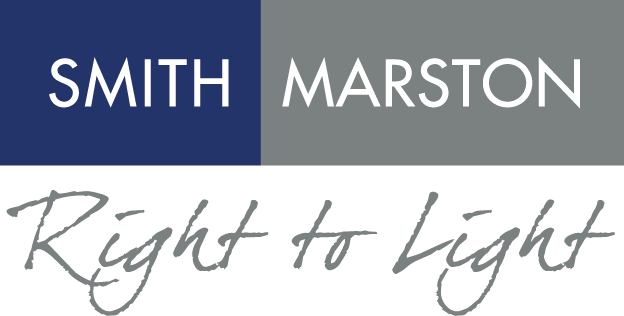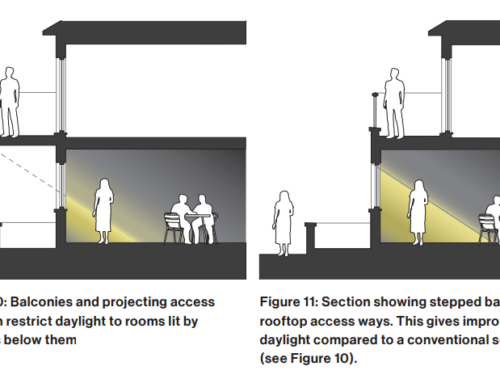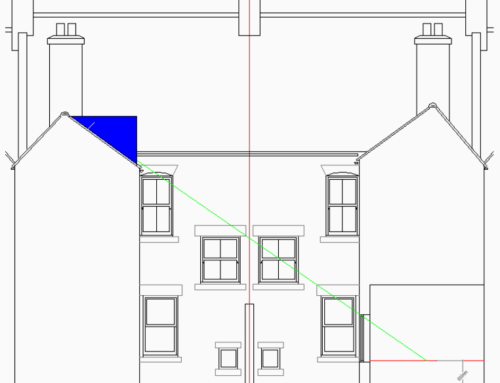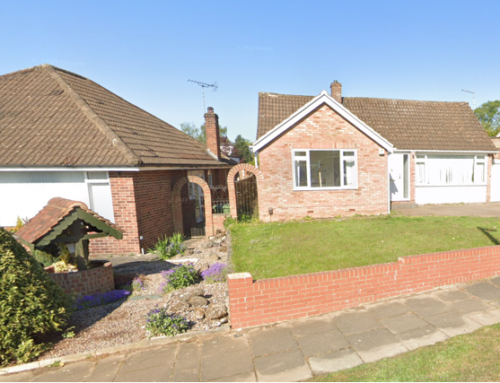
We take calls every single day from the general public and property professionals such as designers (architects / surveyors), property developers, property managers, planning consultants etc, and time and time again we come across the same misconceptions about Legal Right to Light matters.
These are the top 8 misconceptions that we come across regularly:
1: “But we have planning permission”
Many people spend a lot of time and money on drawings for their planning application, and often, the design has no regard of legal right to light matters, as such matters are specialist are still not widely known about.
The Local Authority does not consider easements, such as legal rights of light. As such, so long as your drawings accord with local planning policy, you are likely to gain planning approval. However, as the planning system does not consider legal right to light matters, there can be inherent residual risks that mean that even with planning permission, a neighbour could still potentially have a case, the remedies of which could be an injunction, or significant compensation.
2: “The neighbour’s windows serve a non-habitable room”
Non-habitable rooms are not considered in planning applications. The focus when the Local Authority assess impact on neighbouring houses is the impact on habitable room such as living rooms, dining rooms, kitchens, and bedrooms.
WCs, bathrooms, hallways, stairs, landings, utility rooms, garages are not considered. As such, your planning application could sail through the planning process and gain approval, as there is no impact on these types of rooms from a planning perspective, but, legally, non-habitable rooms can have legal rights of light, and losses to such rooms could be enforceable by the neighbour.
3: “The neighbour’s windows are south facing – we won’t affect their sunlight”
Legal right to light does not consider sunlight or orientation. The assessment of right to light considers how much of a room area, at desk height, can see 0.2% of the sky dome. So – sky view, not sunlight. Whilst your extension may not cause a loss of sunlight to a neighbour’s window, for example, if it is north facing window, it could still cause loss of sky view, and in turn, cause a legal right to light injury.
4: “They only have obscure glazed windows, so they don’t matter”
Many people assume incorrectly that obscure glazed windows do not matter. Often, this can be the case when considering planning, as usually, such windows serve bathrooms or WCs. However, as in point 2 above, any room can have a legal right to light. Even a window with obscure glazing lets in light, and permits a view of the sky from within, and as such, windows with obscure glazing still catch people out.
5: “Their rooms are already dark anyway”
Yes – this is often the case. There are many situations where neighbouring properties are already poorly lit; whether this is because the rooms are deep, or are an unusual shape, or they have small windows or low window head heights, or very thick walls. Unfortunately, this does not help the person wishing to build next door.
When neighbours’ have poorly lit rooms to begin with, that is, when their rooms are unable to see 0.2% of the sky over half their room area at desk height, then in such situations, the little light they have to begin with is considered below par, and consequently, more precious.
In such situations, any further reduction in sky view will make a bad situation worse and is most likely to result in a legal injury. This can mean that potentially anything you wish to build could cause a legal problem.
6: “Next door is only a commercial property, it’s not somebody’s home!”
Many planning applications, particularly in urban areas, can have a mixture of adjoining properties, some residential in nature, some commercial.
When assessing planning applications, often Local Authorities are concerned with the impact on nearby residential properties, rather than nearby offices, or workshops etc. As such, a planning application may be approved on the basis that there is little impact on neighbouring residential buildings, but, because the neighbouring commercial buildings have not been considered, there is potential for infringements to the legal right to light in such properties.
7: “It doesn’t fail the 25 or 45 degree line rules”
There are rule of thumb tests in the document commonly used for assessing daylight and sunlight for planning applications, this document being “Site Layout Planning for Daylight and Sunlight – A Guide to Good Practice – 3rd Edition, 2022. The document is often known as ‘BR209’, or ‘BRE 209’ or sometimes just the ‘BRE Guide’.
These tests are explained more in our 25 & 45 degree rule explained blog post.
These tests do not consider legal right to light – at all. Many professionals mistakenly draw these lines on plans and elevations, often incorrectly, and think that they have designed out legal right to light matters.
These tests must never be used to assess legal right to light matters.
8: “Do I need to pay a share of my compensation to my surveyor?”
No. We are aware of some firms that approach neighbours to developments offering to represent them in return for a % share of any compensation gained. This only works of course if you are happy with a monetary settlement!
We do not operate on this basis, because surveyors who act for a neighbour will normally get their reasonable fees paid for by the developer! Any compensation due to a neighbour should be just that, compensation PLUS costs for surveyors and solicitors’ fees.
Your compensation should not be diminished by giving a % to a surveyor, as they will already have been paid for their time by the developer.
Contact us
If you are in need of guidance, contact our team today. We’re on hand to help guide you through your right to light injury (or potential injury as a result of a build).
Related Articles
Is There A Legal Right To Sunlight To Windows Or My Garden?
45 Degree And 25 Degree Lines Rules Of Thumb
Section 203 of Housing and Planning Act 2016
Will Trees Affect My Right to Light?






